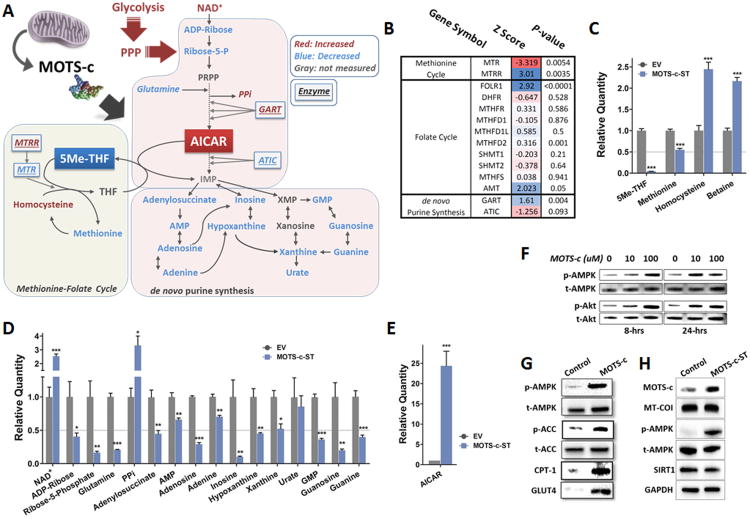Figure 3. MOTS-c targets the methionine-folate cycle, increases AICAR levels, and activates AMPK.
(A-B) The effect of ‘gain-of-function’ of MOTS-c on the folate-methionine cycle and de novo purine biosynthesis in MOTS-c-ST cells. (A) Metabolites were measured by mass spectrometry (N=5). (B) Enzymes altered 4-hours after MOTS-c treatment were determined by microarray (N=6). GART: phosphoribosylglycinamide formyltransferase (a trifunctional enzyme) ATIC: AICAR transformylase IMP carboxylase (a bifunctional enzyme), MTR: 5-methyltetrahydrofolate-homocysteine methyltransferase, MTRR: MTR reductase, 5Me-THF: 5-methyl-tetrahydrofolate, AICAR: 5-aminoimidazole-4-carboxamide ribonucleotide. (C) 5Me-THF and the methionine cycle intermediates in MOTS-c-ST cells (N=5). (D) Metabolic intermediates of the de novo purine biosynthesis pathway in MOTS-c-ST cells (N=5). (E) AICAR levels in MOTS-c-ST cells measured by mass spectrometry (N=5). (F) MOTS-c promotes AMPK (Thr172) and Akt (Ser473) phosphorylation in a time- and dose-dependent manner in HEK293 cells. (G) AMPK phosphorylation and its downstream pathways that control fatty acid oxidation (ACC and CPT-1) 72-hours after MOTS-c treatment (10 μM) in HEK293 cells. (H) MOTS-c-ST cells have higher levels of MOTS-c and phosphorylation of AMPK, but no changes in MT-COI, SIRT1, and GAPDH levels. Data shown as mean ± SEM. Student's t-test. *P<0.05, **P<0.01, ***P<0.001. See also Figure S2 for data on exogenous MOTS-c treatment and NAD+/NADH and adenine derivatives.

